WiMAX end-devices
Apart from the Base Station’s components, NITlab has also acquired several end-devices able to operate as WiMAX clients. This equipment is installed at NITOS testbed, enhancing existing nodes capabilities by adding 10 WiMAX enabled mini-pcie cards, 6 WiMAX USB dongles as well as 10 WiMAX enabled smartphones carried by volunteers. All of them use Open Source firmware/drivers, thus enabling more complex experiments, and the evolution of new MAC Layer standards. In addition to the aforementioned equipment, NITlab also acquired 3 indoor WiMAX to WiFi gateway units, enabling the creation of heterogeneous topologies by involving both WiMAX and WiFi technologies.
Teltonika UM6225 USB dognle
The Teltonika UM6225 module is a compact USB modem that offers high speed data rate connectivity to WiMAX network.
Key Features:
- Compliant with IEEE802.16e-2005 WiMAX Wave 2 standard
- USB 2.0 Interface
- Operation within 2.3 - 2.4, 2.5 - 2.7, 3.3 - 3.6 or 3.3 - 3.8 GHz Range
- 2 Tx with Closed Loop Diversity
- Support up to HARQ category 7 (40 Mbps throughput DL+ UL)
- MIMO Matrix A and B for Improved Transmission Speed and Coverage
- Compatibility with Windows XP/Vista/7, Linux, MAC OS X
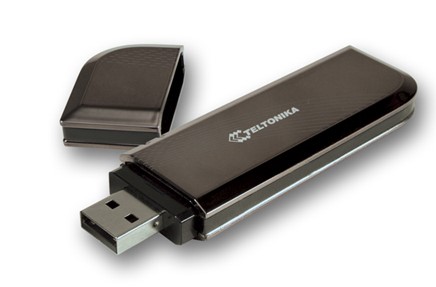
UT WiMAX USB dongle
In addition to the Teltonika USB dongle NITlab also acquired the UT WiMAX USB dongle provided by greenpacket with similar characteristics.
Key Features:
- Compliant with IEEE802.16e-2005 WiMAX Wave 2 standard
- Supports USB 2.0
- Operation within 2.3 - 2.7 or 3.3 - 3.6 GHz Range
- Supports OTA (Over-the-air) software upgrade
- Support up to 30Mbps (DL), 6 Mbps (UL)
- Integrates PCB printed antenna, with 2dBi Omnidirectional gain
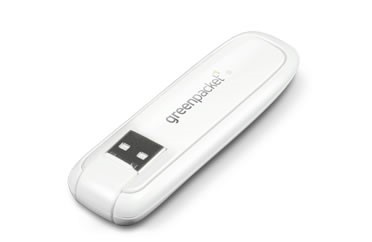
Intel® Centrino® Advanced-N + WiMAX 6250
The Intel Centrino Advanced-N + WiMAX 6250 is a widely used user-end device. This module delivers next-gen 4G WiMAX and Wi-Fi wireless connectivity. Compliant with the 802.16e-2005 Wave 2 WiMAX standard, it provides multi-band (2.3, 2.5, 3.5 GHz) performance with up to 28 Mbps downlink and 8 Mbps uplink speeds. It is recommended for fast, energy efficient on-the-go 4G connectivity.
Other key features include:
- · Compatibility with Windows 7/8, Linux
- · Half Mini PCI-E form factor
- · Supports USB 2.0
- · 802.11a/b/g/n up to 300 Mbps speed
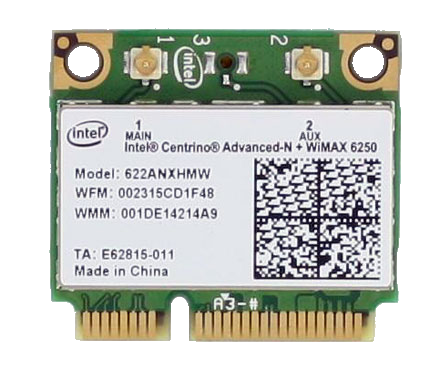
An alternative way we followed to mount the Intel Centrino Advanced WiMAX 6250 card to NITOS nodes, is the utilization of a USB to mini-pcie adapter, provided from Rutgers University, instead of directly mounting the card on the mini-pcie slot of the nodes. In this way, we equipped our nodes with an additional interface without having to remove any existing WiFi interface. It is worth mentioning that the Atheros WiFi interfaces cannot support communication through the USB protocol in contrast with the WiMAX interfaces that are able to communicate through it. The following figure illustrates the Intel 6250 WiMAX card mounted on the USB to mini-pcie adapter.

DX-250 WiMAX to WiFi unit
DX-250 is part of Greenpacket’s portfolio of next generation Wave 2 compliant WiMAX Modems for residential and small- and medium-sized businesses (SMEs). It is a WiMAX Integrated Access Device (IAD) that features a blend of aesthetics, data and voice access ports and high gain Omni directional antenna to offer best-in-class performance.
DX is packaged with a high-speed wireless LAN access point that enables multiple Wi-Fi-enabled devices to enjoy a stable wireless WiMAX connectivity anytime within indoor perimeters.
Key Features:
- · Compliant with IEEE802.16e-2005 WiMAX Wave 2 standard
- · Support up to 30Mbps (DL), 6 Mbps (UL), 20+ Mbps at 64QAM (UL)
- · Integrated Omni Antenna (5dBi)
- · Support up to 28 dBm RF transmit power
Operation within 2.3 - 2.39, 2.5 - 2.7 or 3.3 - 3.6 GHz Range
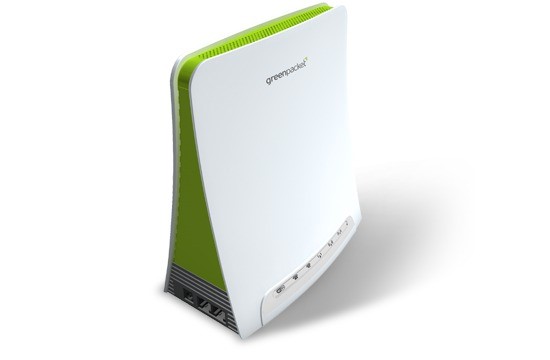
HTC Evo 4G
The HTC Evo 4G is a smartphone developed by HTC Corporation and marketed as Sprint's flagship Android smartphone, running on its WiMAX network. The smartphone launched on June 4, 2010 and was the first 4G enabled smartphone released in the United States. The EVO is powered by the Qualcomm QSD8650 chipset which contains a Snapdragon Scorpion microprocessor clocked at 1 GHz and an embedded Adreno 200 graphics chip capable of up to 22 million triangles per second. It features 512 MB of eDRAM which allows for a smoother experience with Android OS, applications, and the HTC Sense user interface. The device also features 1024 MB of built-in ROM which is mainly used for the system software.
The unique feature of HTC Evo is the embedded WiMAX interface (Sequans SQN210 WiMAX chip) which supports mobile WiMAX baseband and three frequency bands: 2.3-2.4, 2.5-2.7, 3.3-3.8 GHz.
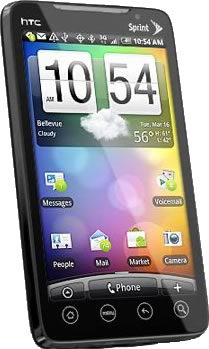
Who's Online
We have 5 guests and no members online


